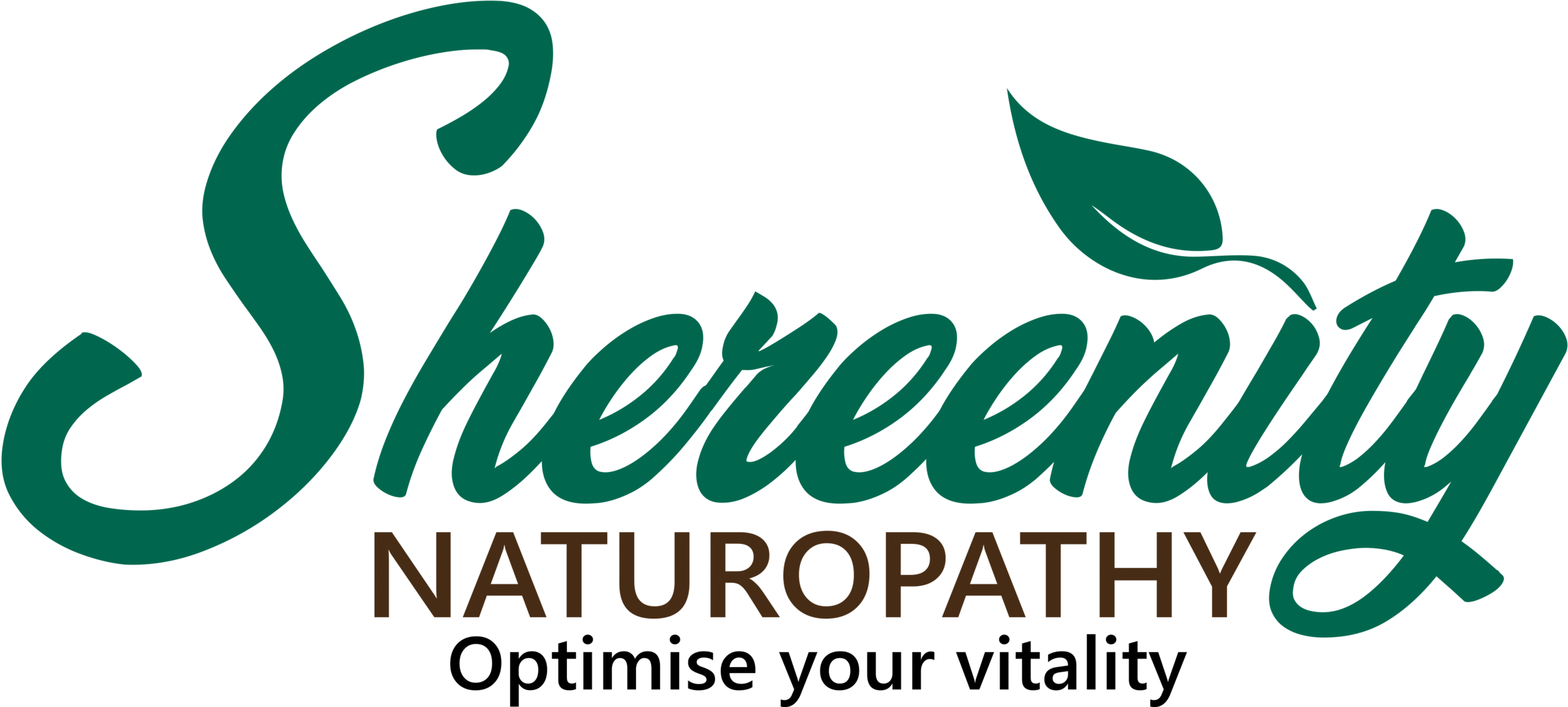How to Treat Salicylate Intolerance
Do you or your child react to most spices, herbs, honey, certain fruits (berries), nightshade vegetables and/or sauces? Are your/your child’s reactions inconsistent and have you tested negative for allergies? If you responded yes, then you may have a salicylate intolerance. If you would like to know more about what is a salicylate intolerance, then please read the first blog on my website, as this blog will move on to treating salicylate intolerance.
This blog is a general guide and it is highly recommended to consult with a qualified natural health practitioner specialising in salicylate intolerance before commencing any treatments.
Before we discuss how to treat a salicylate intolerance, we must first explore how salicylates are detoxified by our bodies.
How are salicylates detoxified?
Our bodies detoxify phenols (salicylates are a type of phenol) through two detoxification pathways: sulphation and glucuronidation.
Sulphation
The first pathway, sulphation uses sulphur/sulphate to attach to toxins for detoxification. In addition to phenols, the sulphation pathway also detoxifies xenobiotics (unnatural chemicals including drugs or unusually high doses of compounds), amines, neurotransmitters, bile acids and hormones. Sulphur is critical for this process and a diet deficient in sulphur can decrease the detoxification of these compounds. However, if there is insufficient sulphur in the diet, the body breaks down muscle to compensate. This prioritisation of functions shows how important sulphur is for our overall health.
Sulphur is critical for the sulphation pathway and a lack of bioavailable sulphur can decrease your detoxification of phenols. The majority of sulphur in our bodies is sourced from dietary protein, although, there are some other foods that contain sulphur (for example, garlic, onions and cruciferous vegetables). These are natural sources of sulphur, however, there are chemicals containing sulphur that may not be as beneficial for your health.
Sulphites contain sulphur and are used as preservatives in certain foods. Sulphites are commonly found as preservatives in dried fruit, vinegars and other condiments, wine and other alcoholic beverages and fresh (non-organic) grapes among others. To use the sulphur/sulphite the body requires molybdenum (cofactor for oxidising enzymes) and therefore, many people who react to sulphur/sulphites in either natural foods or preservatives may be molybdenum deficient. Excess consumption of sulphite foods can also decrease the detoxification of salicylates.
The sulphation pathway also requires the enzyme phenol sulphotransferase (PST) to convert sulphur to sulphate in the detoxification of phenols. This enzyme requires both vitamin B6 and molybdenum. An insufficiency of sulphate also decreases the detoxification of phenols (salicylate). Dr Rosemary Waring’s research found that children with Autism Spectrum Disorder (ASD) have significantly lower levels of sulphate in their blood.
Glucuronidation
The secondary pathway for detoxifying phenols is through the glucuronidation pathway. This pathway also detoxifies bilirubin (by-product of haemoglobin metabolism), fat-soluble vitamins and toxins, hormones and drugs (including paracetamol, ibuprofen, codeine, morphine). It is important to assess and support both phase 2 detoxification pathways (sulphation and glucuronidation) in people who are salicylate intolerant.
Treatment
The majority of people will benefit from supplementing with molybdenum for a couple of months or longer depending on the severity of your intolerance. However, firstly, I would highly recommend a Hair Tissue Mineral Analysis (HTMA) and serum copper, zinc and caeruloplasmin test through a qualified health practitioner. HTMA will give you an indication of your individual biochemistry (including molybdenum and copper storage in soft tissue). Molybdenum supplementation depletes copper, therefore, knowing your copper levels through your HTMA will ensure you are not at risk of low tissue copper. Just to note, lowering your copper levels may exacerbate histamine intolerance and increase your risk of a bacterial infection.
Supplements, dietary and lifestyle recommendations
Supplements that may be beneficial for a salicylate intolerance include:
· Molybdenum
· Glycine
· Vitamin B6
· Broccoli sprouts (sulforaphane)
· Magnesium
· Zinc
· Omega 3s
Epsom salt baths, also known as magnesium sulphate, increase the amount of sulphate in the body through skin absorption. Therefore, Epsom salt baths are also recommended for salicylate intolerant individuals.
Finally, I don’t recommend really strict, or really low salicylate diets long term as salicylates are present in so many highly nutritious foods. I also would be very careful with removing high salicylate foods from children’s diets unless they are having a definite reaction. However, it is recommended to eliminate/reduce artificial colouring, flavours, preservatives and sweeteners in children’s diets. In addition, minimising medications (where possible) and minimising toxins such as BPA through low toxin personal care products, minimising plastics and using low toxin cleaning products. It is also recommended to see a qualified natural health practitioner for salicylate intolerance to support you through this time.
With my HTMA qualification, naturopathy degree and personal experience (over 20 years of having a salicylate intolerance), I include salicylate intolerance as part my specialty. If you believe you/your child has a salicylate intolerance, then you can book in a discovery call or an initial naturopathic consultation at Shereenity Naturopathy through the book now link below.

